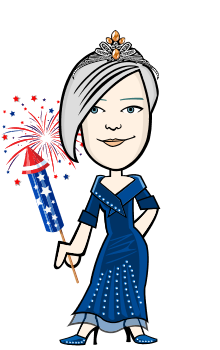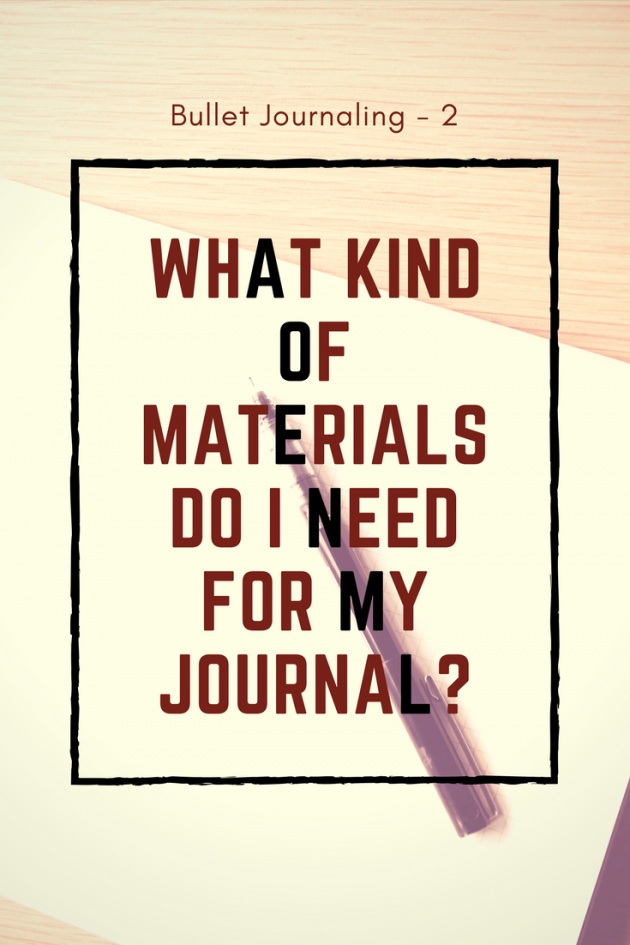
Image credits: Notepad by http://startupstockphotos.com/ via Canva.com
If you're new to bullet journaling, odds are you won't be too sure of what exactly you need to start. A notebook, of course—but which kind of notebook? Will a ring binder work as well? So here are a few ideas to get you started.
Notebooks
In general, brands widely used in bullet journaling are Moleskine and Leuchtturm1917 (however you pronounce this). They come in different variations: blank pages, lined pages, grid, dotted grid...
Dotted grid seems to be the pattern of choice for bujos, and I admit it's indeed the one I prefer to use; nevertheless, anything works here, as long as it allowed you to draw and write the way you like.
Format is whatever you prefer, too, although A5 and A4, or Letter, are probably best: anything smaller may be, well, too small, and I'm not even sure that A3+ notebooks really exist, outside of sketchbooks specifically for art practice, not to mention it doesn't fit conveniently in a bag or purse.
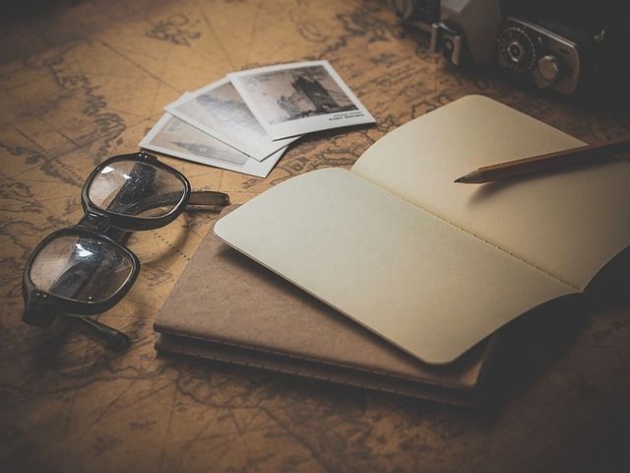
Image credits: Old notebook by DariuszSankowski via Pixabay.com
The notebook I'm using is an A5 Lemome notebook with 188 dotted and numbered pages, which you can find on Amazon. This one came with a couple of perks, such as a pen, ruler and stickers, and since it's my first bullet journal, I can't really comment on how it compares to others, but so far I like it well enough. Dotted pages mean that there aren't any 'lines' per se, offering more versatility while still providing marks that I can use to draw lines easily. It has 100g paper, and mostly ghosting isn't a problem (more on this below), but that depends on which pens I use.
You may find the following notebook comparison video useful:
Video credits: Which Notebook is the Best for Bullet Journaling? by AmandaRachLee via YouTube
What about ring binders?
Those work as well, of course, even though most people I know who keep a bujo tend to favour Moleskine-type regular notebooks. The obvious merit here is that you can shuffle pages around, and if you accidentally ruin a page or completely change your mind about your layout five minutes after drawing it, all you need to do is to replace the page(s), instead of having to rip them out or cover everything with ugly white-out.
Pens and pencils
Anything goes here! (This is going to be the watchword of bullet journaling, right?) Some people are happy with a bujo written in black ink only; others fill theirs with explosions of colours; and others still are in between.
I'm using a mix of black ink pens (to write down my tasks), gel pens, and Staedtler superfine point pens, which I keep for tiny dots of colours because they tend to easily bleed through, even on 100g paper. To be honest, I prefer gel pens in general to write and colour my titles. I also use colour pencils sometimes, when I've doodled a little something in pencil and want to add some colour.
An interesting choice is Pilot FriXion pens (erasable ink), especially if you're not too sure yet about the layout you want to go with. However, their special ink is sensitive to heat, and tends to fade or even disappear if placed next to a heat source—I learnt that the hard way, by leaving a notebook on a heater—so I'm not sure this ink fares very well in hot countries, for instance.
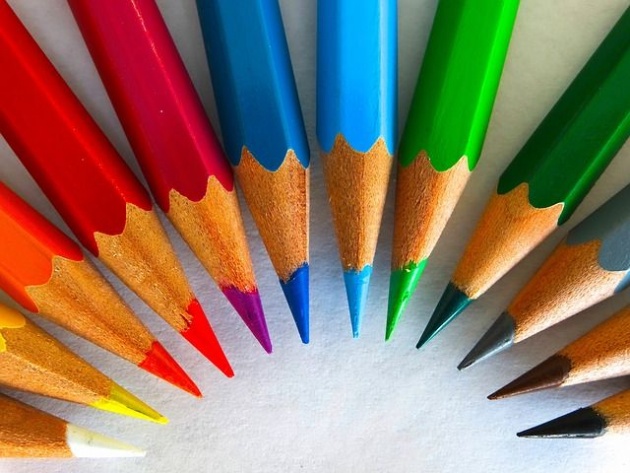
Image credits: Colour pencils by 422737 via Pixabay.com
Ghosting
Ghosting occurs when the paper isn't thick enough, and ink on one side of the page 'bleeds through' and becomes visible on the other side, causing inharmonious effects at best, and masking the writing at worst. Any kind of paper below 90g is subject to this. 90-100g and more should be fine, depending on the pens you use. It's mostly a problem with markers (felt-tip, calligraphy, etc.), much less with ballpoint pens, and never with pencils.
In that regard, I definitely advise against using strong markers, such as Sharpies—even thick paper won't resist those.
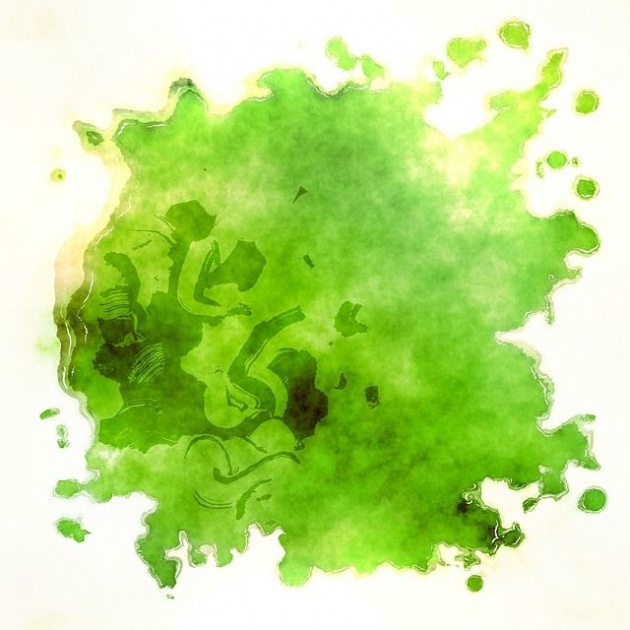
Image credits: Paint by Prawny via Pixabay.com
Other props
There are plenty of other stationery implements you can use. For instance:
Scrapbook paper
Maybe not for all pages in your journal, since the latter would become very thick after a while, but scrapbook paper is a great way of decorating a specific page, such as a list of birthday dates.
Scrapbooking being quite a thing these days, you should be able to find such paper very easily on Amazon, or in stationery shops.
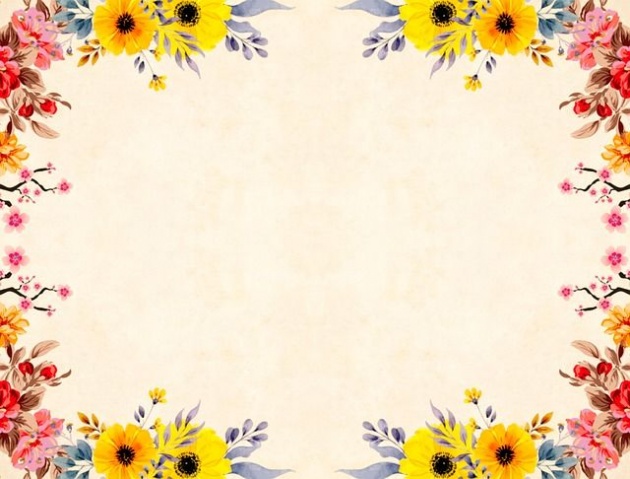
Image credits: Flower background by mohamed-hassan via Pixabay.com
Washi tape
Although I don't use it (for now...), washi tape seems to be all the rage for many people. It is, after all, a good method to cover mistakes, while also decorating a page at the same time!
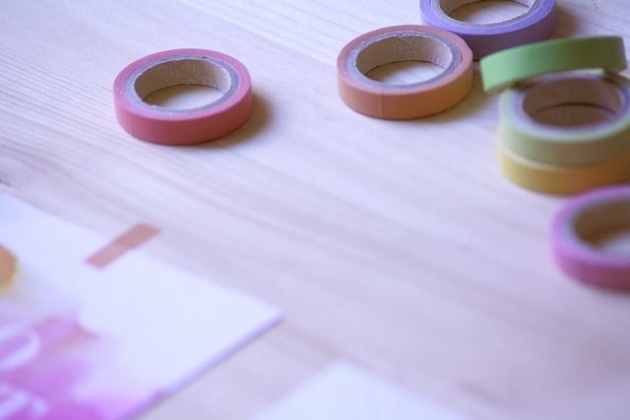
Image credits: Tape by StockSnap via Pixabay.com
Post-it tabs
Tabs can be very useful to mark each section of your bullet journal. I'm considering using those to easily differentiate between each month.
The list could also include paperclips, regular sticky notes and index cards... Feel free to add more in the comments!

